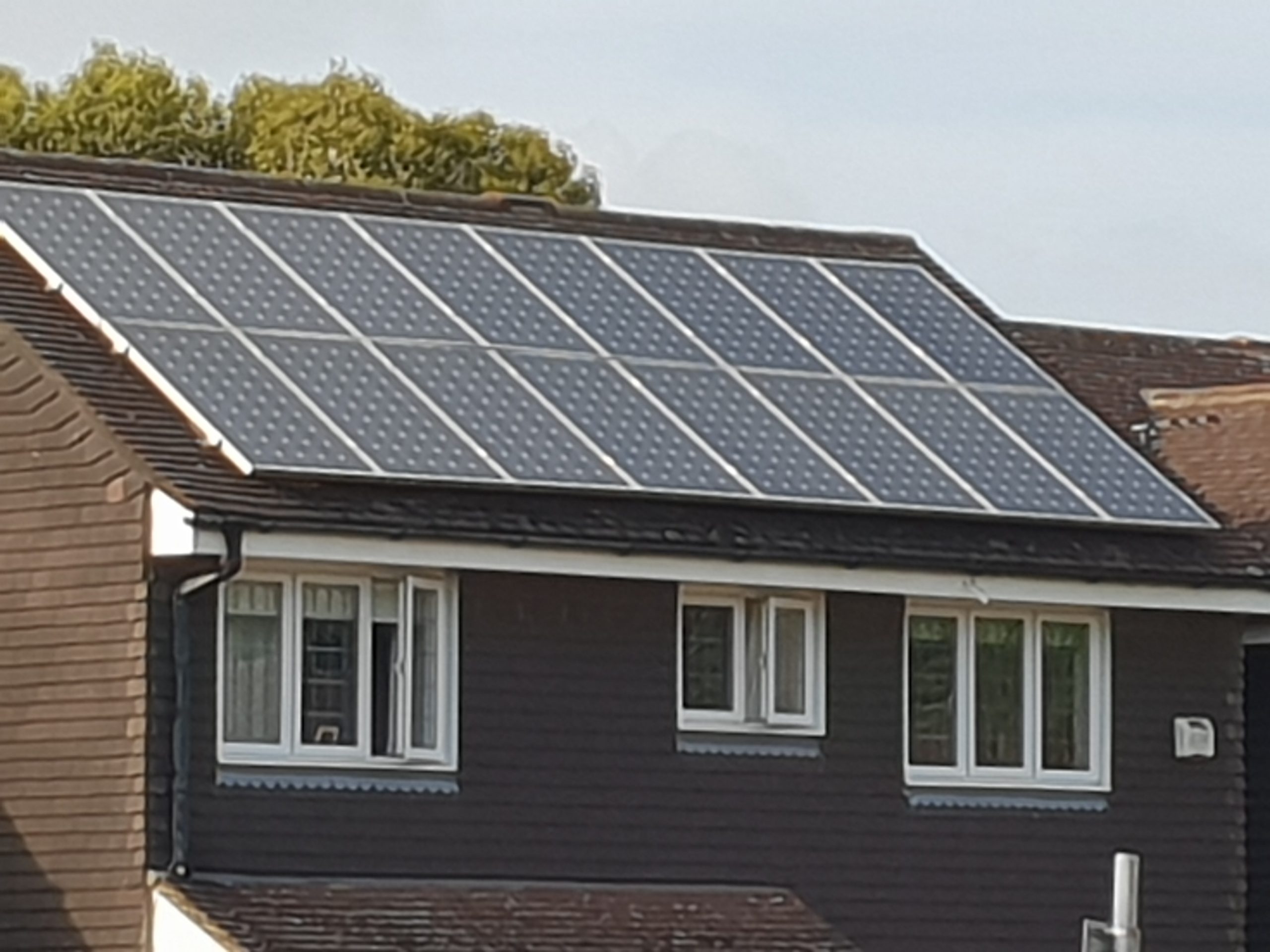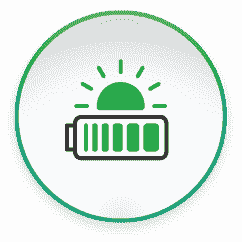At Tanjent we love helping customers save money on their electricity bills, and reduce their carbon footprint, by installing solar panels and storage batteries. However, it is important to bear in mind that installing solar PV panels on building rooftops can introduce new risks to the building and occupants. Fire resulting from electrical faults is the most common cause of loss associated with roof mounted solar PV installations.
Solar PV systems are considered to be very safe, and research indicates that they pose less fire risk than many common household appliances like toasters and washing machines. However, with over a million solar installations now on homes across the UK, there have been a few cases of fire related to the systems – and everyone from developers to homeowners and occupants are looking to mitigate the risk in order to save lives and property.
The fire risk associated with solar panel PV installations is extremely low, and there are several easy ways to keep that risk even lower, from choosing high-quality products to ensuring that installation is carried out by a professional. Solar PV products must meet UK quality assurance standards, the system design must be safe, and the installation must be of high quality. All these requirements are met if you choose an MCS Certified installer such as Tanjent.
Tanjent also offers a range of smoke alarm installation options with new installations.
Guidance for Property Owners
Here is our guidance on fire safety for customers who have installed solar PV and battery storage systems. It is based largely on the IET Code of Practice on Grid-Connected Solar Photovoltaic Systems and the IET Code of Practice on Electrical Energy Storage Systems.
While solar photovoltaic (PV) systems and battery storage systems (BSS) – sometimes known as Electrical Energy Storage Systems (EESS) – are generally very safe, Tanjent recommends that customers make themselves familiar with their systems and understand the potential fire risks that could exist and the options available to reduce them.
1. Fire and Smoke Detection and Alarms
Where a PV or battery system has inverters or switchgear installed in a loft (or other similar rarely visited building zones), it is recommended that appropriate fire detection equipment should be installed in the loft (or other rarely visited zone).
Where sensors are mounted in a building location where an alarm may not be heard (for example, in a rarely visited zone) it will be necessary to link the sensor to another sounder or a sensor that will sound elsewhere in the building.
1.1. Commercial Premises
In commercial premises, the owner or manager of the building will need to arrange a review of the fire risk assessment to determine if additional fire detectors need to be installed.
Where a PV or EESS system is installed in commercial premises, the customer needs to arrange for this review of the fire risk assessment. Tanjent can give guidance on the hazards to be considered.
1.2. Domestic Premises
In domestic premises, the home owner needs to be aware that it is recommended that appropriate fire detection equipment in the loft (or other zone) should be installed.
Where a PV or EESS system is installed in domestic premises, there is a strong recommendation for having suitable fire detection in any loft (or other rarely visited zone) in which batteries or inverters are installed.
2. Installed Fire and Smoke Detection Systems
2.1. Summary
The full requirements for the installation of fire and smoke detection systems are complex and beyond the scope of this article. In general, however, new build properties and those having major refurbishment are often required to incorporate detection systems that are not required in existing properties.
Also, as a general rule, detection systems for installed PV and EESS systems are only required (rather than just recommended) where the premises already have such a system (and then the existing system is extended to cover the new installation areas).
2.2. Detailed Guidance
It may be necessary for fire detection system work to be completed before the PV/EESS is installed, in particular, where a Category LD1 or LD2 system is installed (see below for definitions).
Domestic smoke and fire detection systems should be installed to the requirements of BS 5839-6:2019. The standard addresses this specific requirement:
- Clause 11.1.1 requires Category LD2 systems to incorporate a smoke or multi-sensor detector in lofts. (This was a recommendation in the previous edition of the standard.)
- Clause 11.2 g) recommends smoke or heat detection to be installed in lofts in Category LD1 systems.
- for any category of fire detection and alarm system, Clause 11.2 p) recommends smoke, heat, or multi-sensor detection/alarm where PV power systems, boilers and UPS systems (which would include EESS) are installed in loft spaces.
Note: In BS 5839-6:
- a Category LD1 system is a system installed throughout the dwelling, incorporating detectors in all circulation spaces that form part of the escape routes from the dwelling, and in all rooms and areas in which fire might start, other than toilets, bathrooms and shower rooms; and
- a Category LD2 system is a system incorporating detectors in all circulation spaces that form part of the escape routes from the dwelling, and in all rooms or areas that present a high fire risk to occupants.
In systems with combined detector and sounder alarms (Grades D1, D2, Fl and F2), sensors or alarms installed in spaces that are infrequently visited, such as loft spaces, should be interlinked with those in other parts of the premises.
3. Lithium Ion Batteries
Lithium-ion batteries can be subject to thermal runaway, which, in extreme cases, can result in cell rupture, explosion and fire. Lithium-ion battery packs contain control circuitry (the battery management system or BMS) which protects the battery against these hazards.
Care needs to be taken to ensure that:
- manufacturer’s installation guidance is followed;
- control circuits are not damaged or modified;
- battery terminals are not shorted or connected in reverse polarity;
- batteries are only connected to approved charge/discharge units;
- battery cases are not damaged or punctured; and
- batteries are not subject to excessive heat.
Batteries should have a suitable control circuit and be matched with an appropriate charger to avoid explosion risks.






